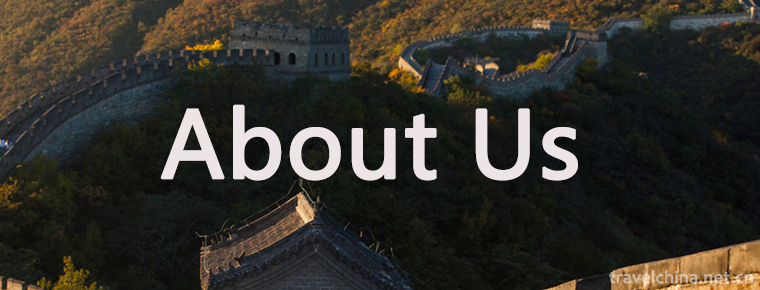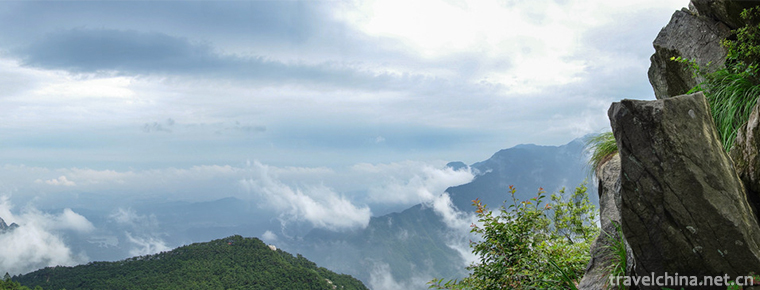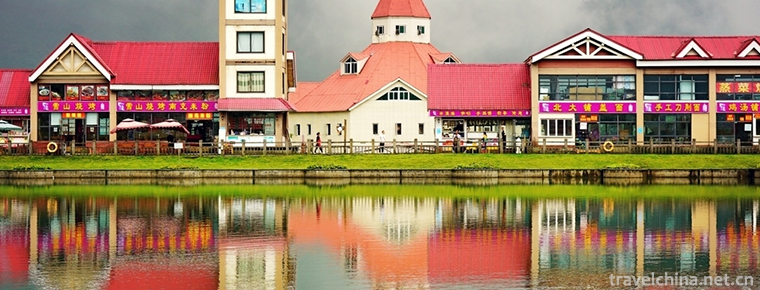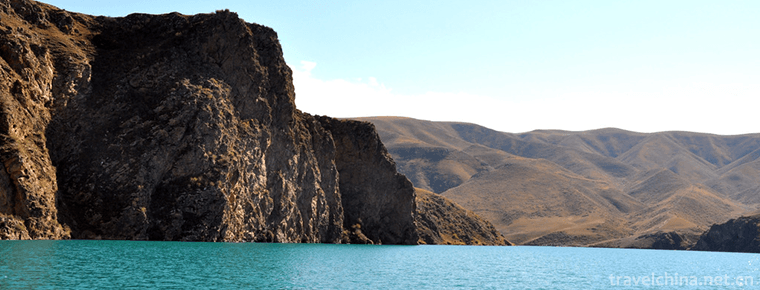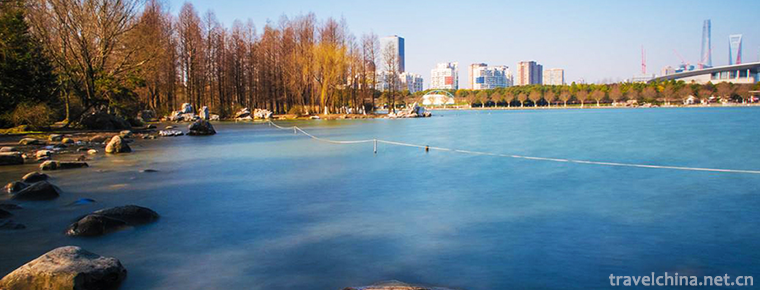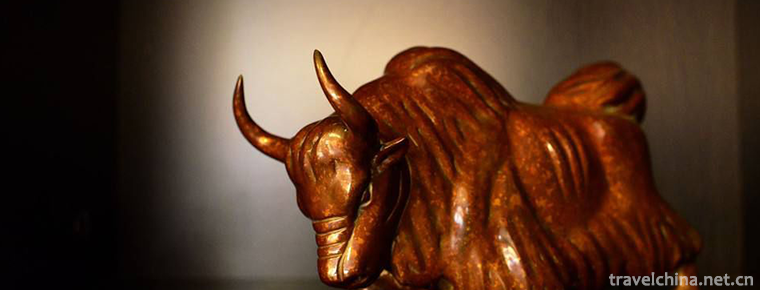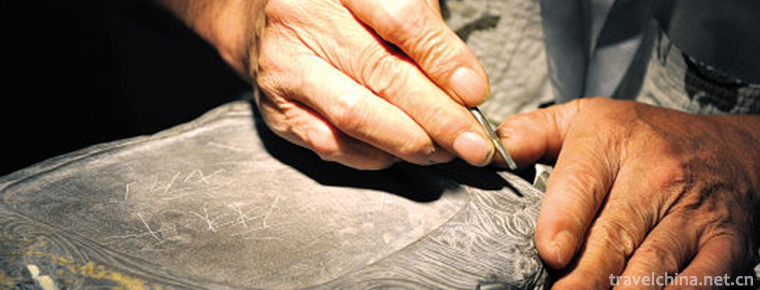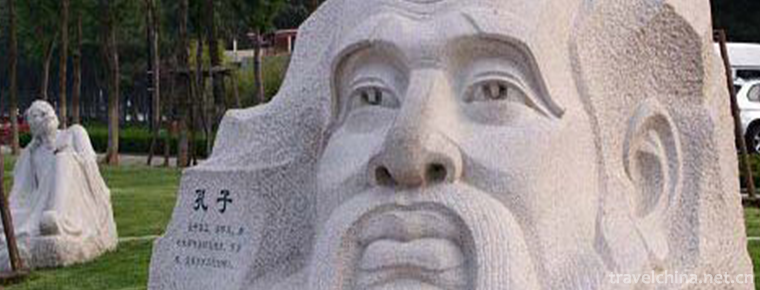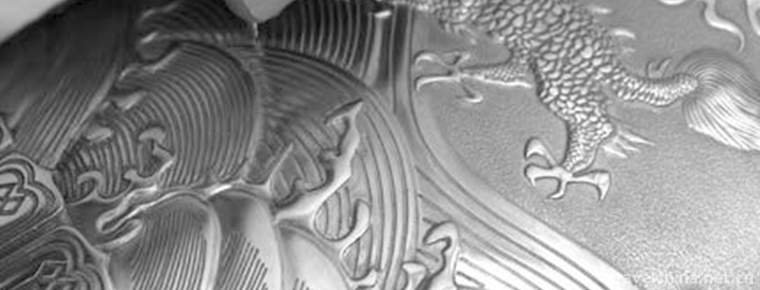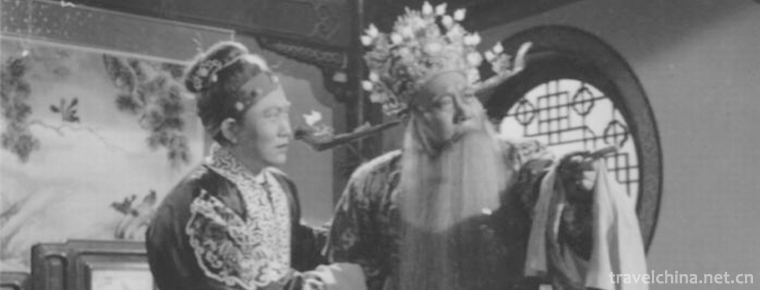Kunlun Mountains
Kunlun Mountains
Kunlun Mountain, formerly known as Kunlunqiu, also known as Kunlunxu, is the god mountain in ancient Chinese legend, the ancestor of Wanshan Mountain, the birthplace of Chinese civilization, and the king capital of Fuxi, the ancestor of humanity.
In ancient books, Kunlun Mountain is also called Kunlun Hill because of its bowl-shaped shape and Wanqiu; because it stands proudly in the mountains, like a pillar leading to the sky, it is also called Tianzhu; because it corresponds to the Big Dipper, it is also called Xuan Jiyuheng; because it is passed down as Emperor of Heaven and is rich in jade, it is also called Yujingshan.
topographic features
geographical position
Kunlun Mountain is the earliest god mountain in China, which is recorded in classical works such as Shanhai Jing and Huainanzi. Geographically, Kunlun Mountains generally refer to the Kunlun Mountains, which are located at the border between Tibet and Xinjiang.
Tianzhu, Kunlun
(Han) Anonymous Dragon Fish River Map said: "Kunlun Mountain, the pillar in the sky."
(Han) Dongfangshuo's The Book of Imagination says, "Kunlun has a copper pillar Yan, which is high into the sky, so-called Tianzhu. Around 3,000 miles, Zhou Ruchi, a member of the staff, has a house under the copper pillar and a hundred square feet in the wall.
(Han) Dongfangshuo's Records of Ten Continents in China: "Kunlun, Shangtong Xuanju (Beidou star)... Tai Shang famous mountain, tripod in the five sides, town geography is also. No. Tianzhu.
Kunlun Wan Qiu
(Han) Dongfangshuo's Records of Ten Continents in China: "Kunlun... Fang Guang Wanli, similar to Yan basin, narrow and wide.
Kunlun dragon vein
(Han) Anonymous "River Map Including Ground Elephants": "Longchi Mountain, four sides and high, the central pool, seven hundred miles, the inhabitation of dragons. Five-flowered trees (according to Five-flowered grass) are eaten by dragons. Four thousand miles to the auditorium."
(Han) Dongfangshuo's "Records of Ten Continents in Hainan": "Kunlun, equal to each other, each face five thousand miles, the upper stratum is a group of dragons gathered together", "there are many phoenixes on the continent."
Kunlunqiu is the ancestor of Chinese dragon vein and the prototype of dragon. Saint Wang Ping is the leading part of Kunlun Hill, with Yao Chi in the center, and its trunk is composed of the ridge of Mount E (sharp and high mountain) called Daluoling. Xuanyuantai is located in the Dragon Tail, where the Yellow Emperor worshipped Heaven and realized Taoism.

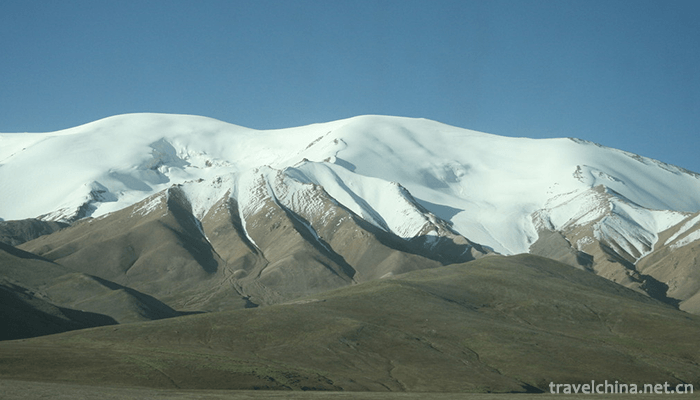


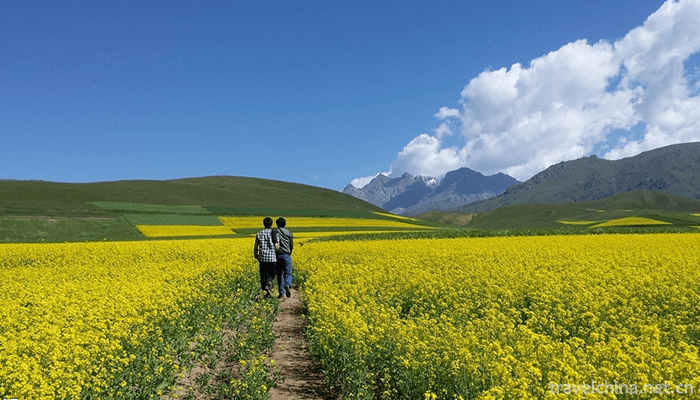
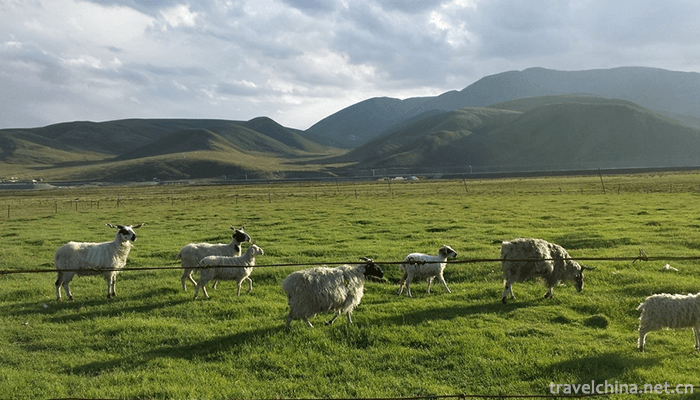
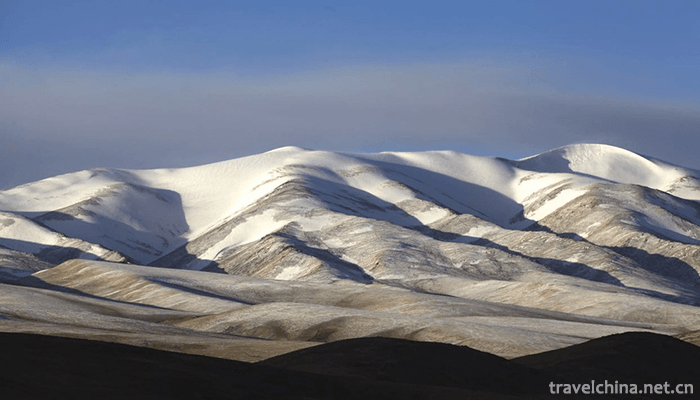
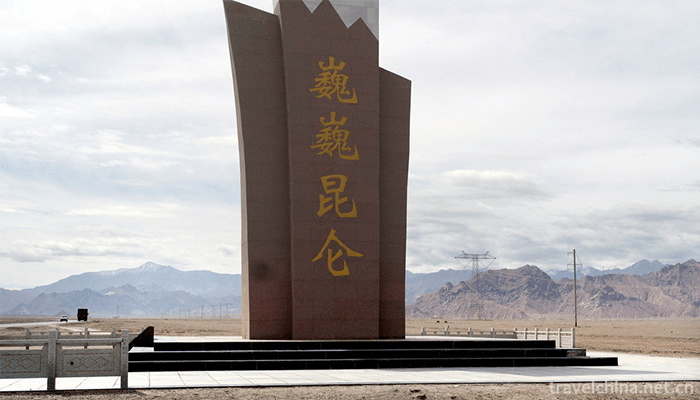
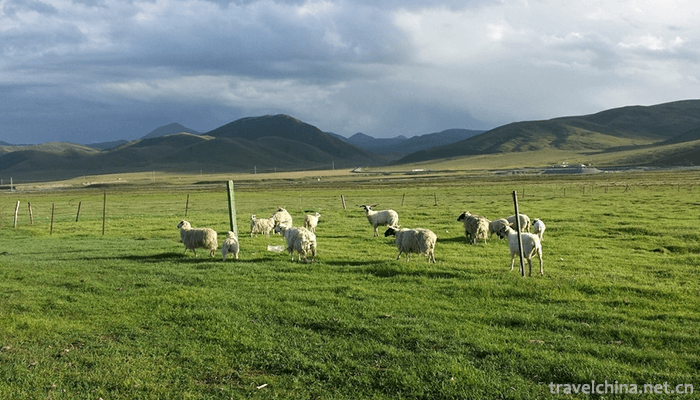

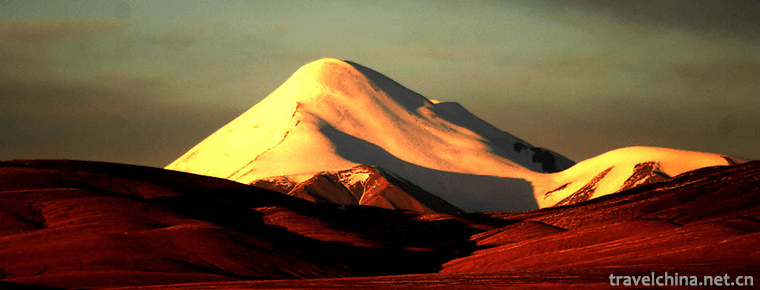
Kunlun Mountains
-
About Us
If you are interested in Chinese culture, Beautiful Scenery and Delicious Food, Welcome to China.
Views: 491 Time 2018-09-28 -
Mountain Lushan
Mount Lu, also known as Kuang Shan and Kuang Lu, is located in Mount Lu City, Jiujiang, Jiangxi province. It is located between the east longitude 115 degrees 52 '- 116 degrees 8'
Views: 227 Time 2018-10-30 -
Serdang snow mountain Xiling snow mountain
Xiling Snow Mountain, located in Dayi County, Chengdu City, Sichuan Province, is only 95 kilometers away from Chengdu, with a total area of 483 square kilometers. It is a world natural heritage
Views: 215 Time 2018-10-30 -
Karajun Scenic Area
Karajun is Kazakh, meaning "the wilderness on the ridge". Karajun Mountain is a stretch of mountains from east to west. On both sides of it are hills with ravines and combs
Views: 216 Time 2018-12-12 -
Shanghai Century Park
Century Park, formerly known as Pudong Central Park, is a relatively large park in Pudong area, covering 140.3 hectares. It is located in the southeast of Pudong Huamu
Views: 165 Time 2018-12-19 -
Karamay River Scenic Area
The Karamay River, also known as the Chuancheng River, originates from Jiulongtan in the northeast of the city. It zigzags through the Xiyuetan Reservoir (also known as Aikule)
Views: 146 Time 2018-12-23 -
Manufacturing Techniques of Spotted Copper
The bronze production technology, the traditional handicraft of Qujing City, Yunnan Province, is one of the national intangible cultural heritage.
Views: 173 Time 2019-04-03 -
Duan Inkstone Production Techniques
Duan inkstone production technology, Zhaoqing City, Guangdong Province, traditional handicraft, one of the national intangible cultural heritage.
Views: 173 Time 2019-04-28 -
Qinghai Han Minority Folk Minor
Qinghai Han folk minor is one of the genres of Chinese folk songs. Generally speaking, it refers to folk songs and dances popular in town fairs. Through the spread of the past dynasties
Views: 468 Time 2019-06-10 -
Quyang stone carving
Quyang stone carving is an important part of folk art in Quyang County, Hebei Province. Since the Western Han Dynasty, Quyang stone workers have used marble to carve steles and other objects. Quyang s
Views: 284 Time 2019-06-11 -
Tin carving
Tin sculpture, the traditional Chinese sculpture art, is a unique craft in China and even in the world. It has a history of more than 300 years. The craft has a long history and has a long history. In
Views: 354 Time 2019-07-01 -
Hunan Opera
Hunan Opera, is one of the traditional operas in Hunan Province. It is popular in Changsha and Xiangtan, mainly in the twelve genera of Changsha Mansion, namely Changsha, Shanhua, Xiangyin, Liling, Xi
Views: 247 Time 2019-07-03
